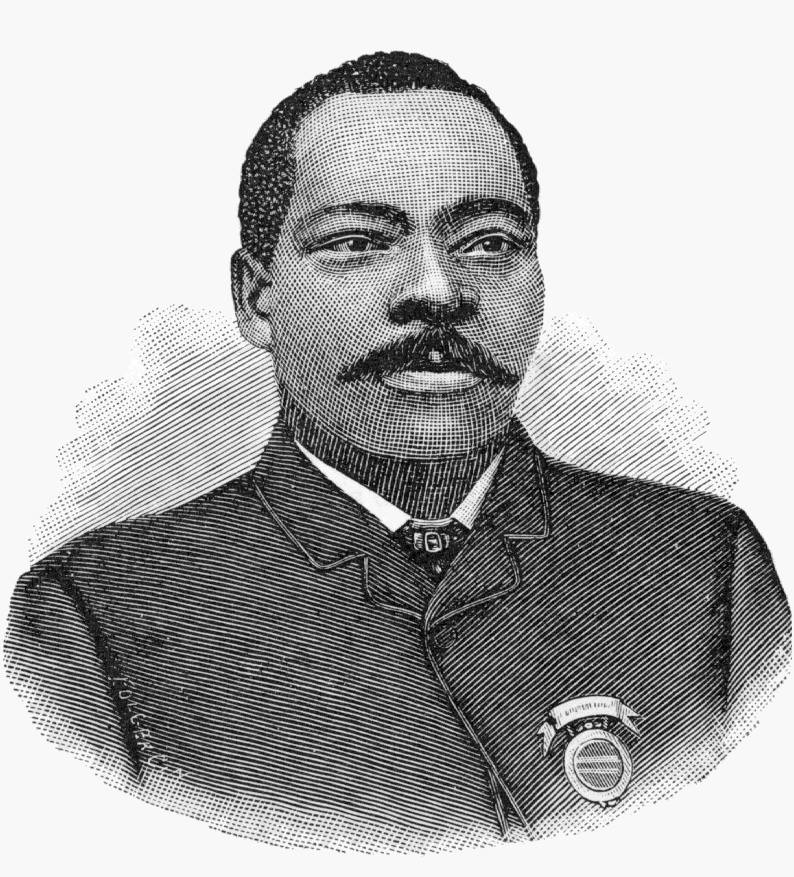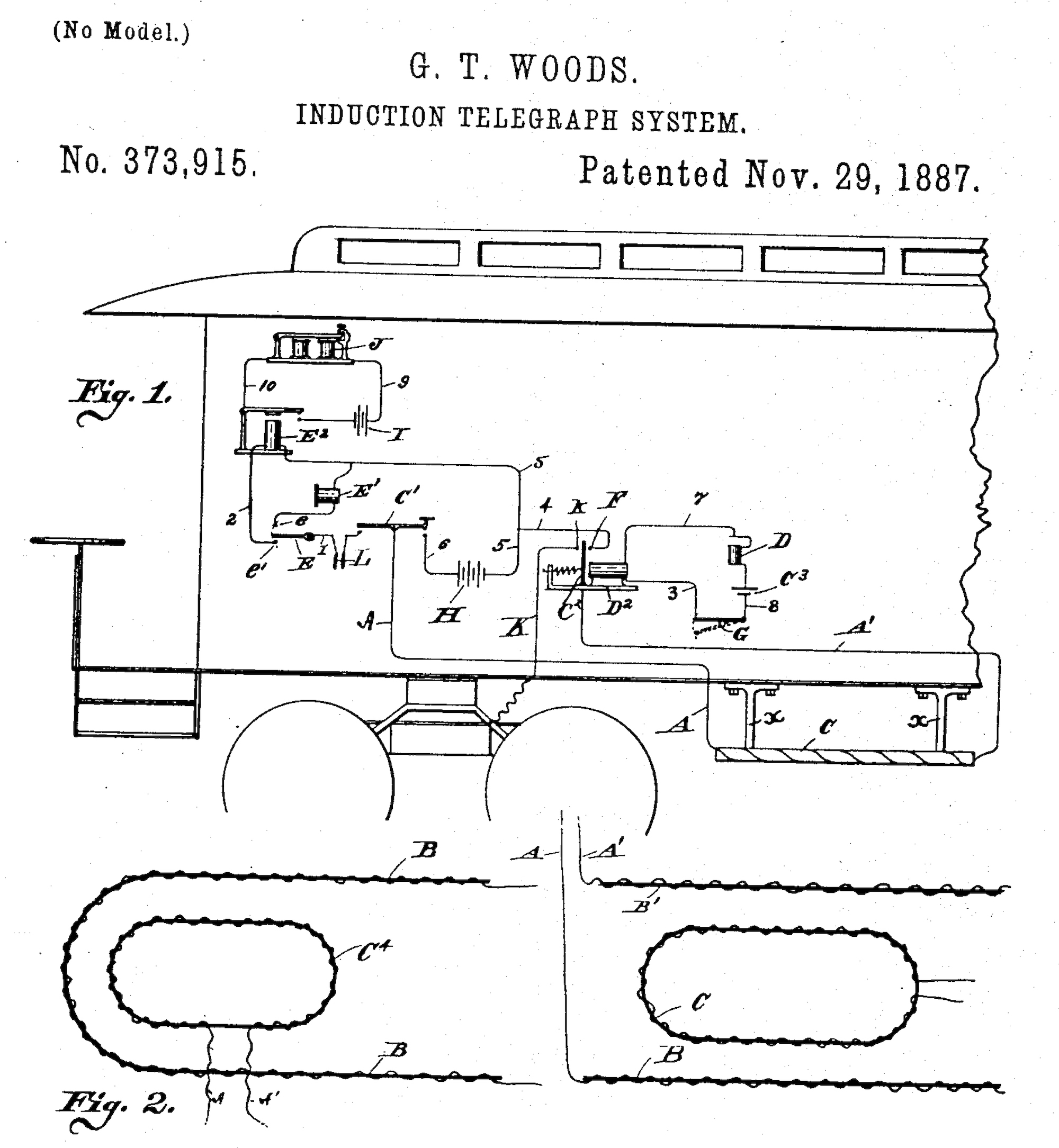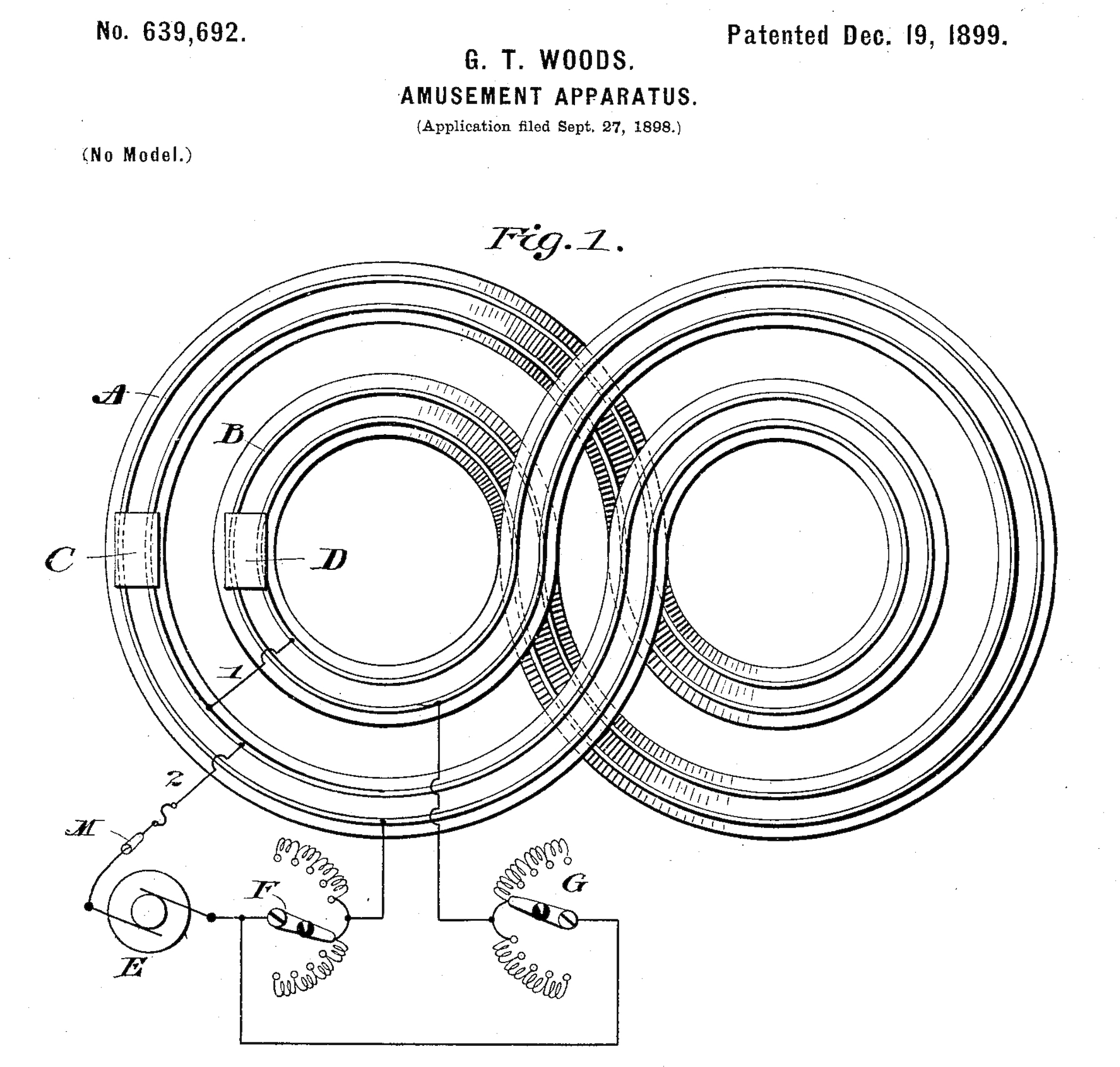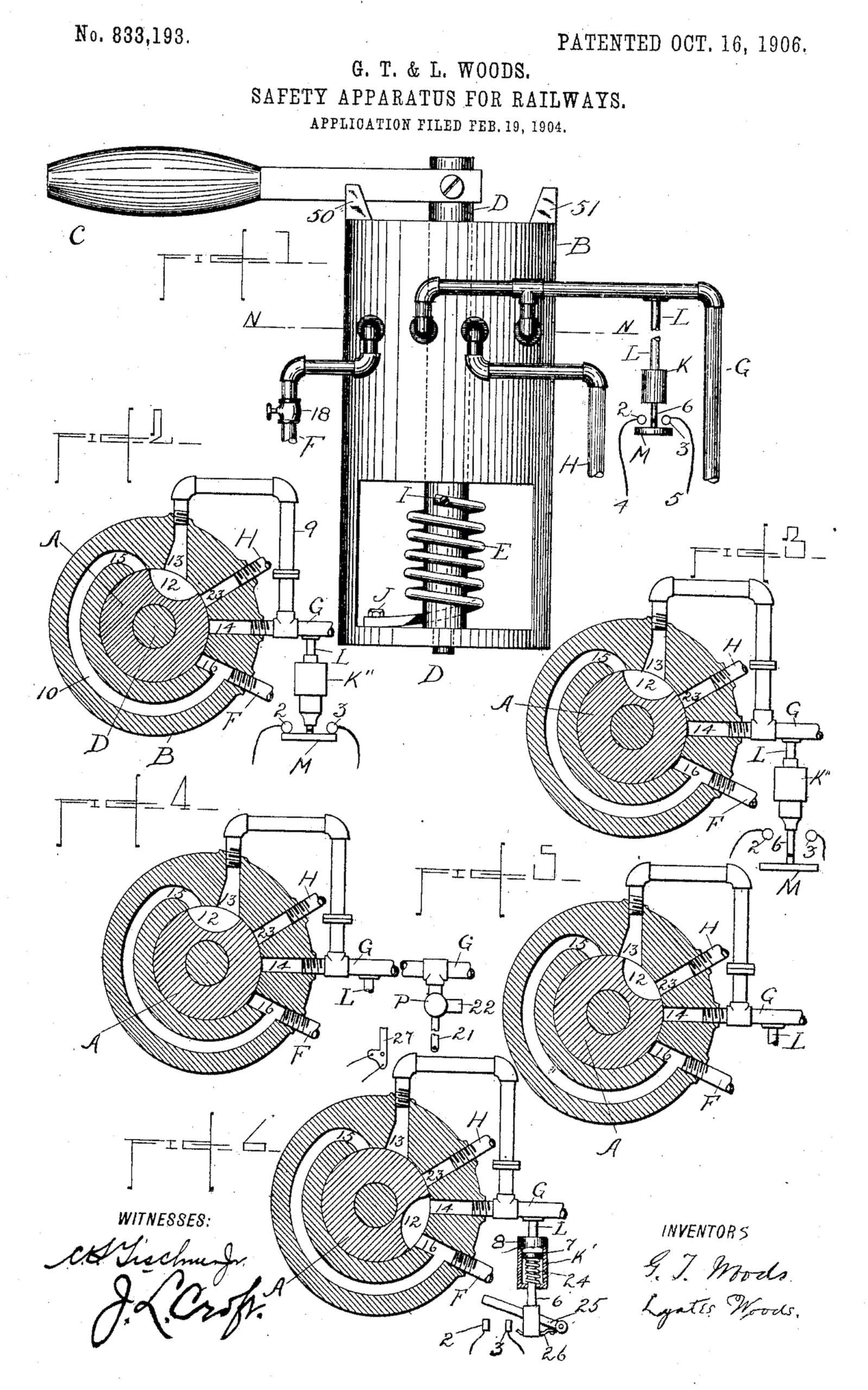Transit Innovator: Granville T. Woods

Granville T. Woods (1856 – 1910) was a prolific inventor whose peak creative period coincided with that of Thomas Edison, George Westinghouse, and Frank Sprague. With over 50 registered inventions to his credit — some developed with his brother, Lyates Woods — and many that made trains and trolleys safer, how is it that so few people have heard of this remarkable inventor?
Woods was born in Columbus, Ohio, and attended school until the age of 10. What followed were many years of apprenticeships with machinists and blacksmiths, punctuated with private lessons and classes in night school. Eventually, Woods began working in railroads out West and worked his way to Engineer for the Danville and Southern Railway. It was during this period that Woods began pursuing his electrical interests and continued his education, though it is not clear whether or not he earned a college degree. In 1880 he returned to Ohio and established his electrical engineering business in Cincinnati. In 1892, he moved to New York City to continue his work in the field.
“Mr. Woods says that he has been frequently refused work because of the previous condition of his race, but he has had great determination and will and never despaired because of disappointments.” — Rev. William J. Simmons, Men of Mark: Eminent, Progressive and Rising, 1887
His remarkable career was also plagued by discrimination and prejudice. Many of his contemporaries attempted to deny him proper credit for his inventions, and some even stole his work outright. In fact, at least twice, Thomas Edison attempted to claim patent rights to his inventions and on both occasions Woods prevailed. Some of the people who bought his inventions didn’t pay him fairly, simply because of the color of his skin.
Woods died in 1910 and is buried in St. Michael’s Cemetery in East Elmhurst, New York.
Here are three examples of how Woods’s patents revolutionized transportation:
 Synchronous Multiplex Railway Telegraph
Synchronous Multiplex Railway Telegraph
This invention used the idea of ‘induction’: a large battery-powered magnet was put underneath the train, attached to a telegraph or telephone in the train operator’s cab. When turned on, the whole apparatus would give off a magnetic force. The telegraph lines parallel to the tracks would also emit a similar but opposite magnetic force. This allowed messages to be sent to or from a moving train in any direction (hence ‘multiplex’). Train operators and dispatchers could send morse code (telegraph), or with the addition of a telephone receiver, even have real time conversations (synchronous), and could show the location of a moving train on a dispatcher’s display board.
Thomas Edison attempted to take credit for the “Synchronous Multiplex Railway Telegraph”. Woods was determined to protect his invention, and though Edison twice took him to court, he won his case both times.

Amusement Apparatus and Electric Railway Conduit
These patents demonstrated how electricity would pass from the tracks and up into the motor truck of the roller coaster and back into the tracks. One of the crucial parts of this system is that it is scalable: it could be used in toy slot cars to life sized amusement park cars. It was this scalability that allowed it to be used in the New York City subway system via contact shoe, the point where electricity flows into the motor truck of a subway car from the third rail, and then back into a running rail creating a constant circuit of electricity.

Improvement of Train Control and Braking Mechanisms
Woods designed a ‘Dead Man’s Handle’, which is a type of controller that automatically slows down the train if the train operator is suddenly too sick to operate the train anymore. He also came up with an automatic brake that could be pulled from inside any train car, and a brake that could be pulled from the tracks. Variations on all three of these systems are currently used in transit systems throughout the world and have become a global standard for safety.

“Transit Innovator: Granville T. Woods” is generously sponsored by Con Edison.

